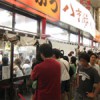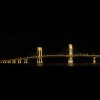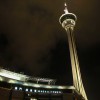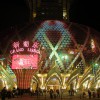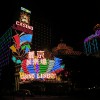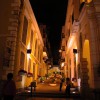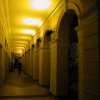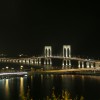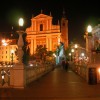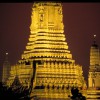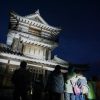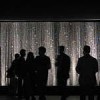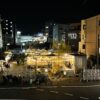The Fashion of a Lighting Designer
Interviewer: Koki Iwanaga
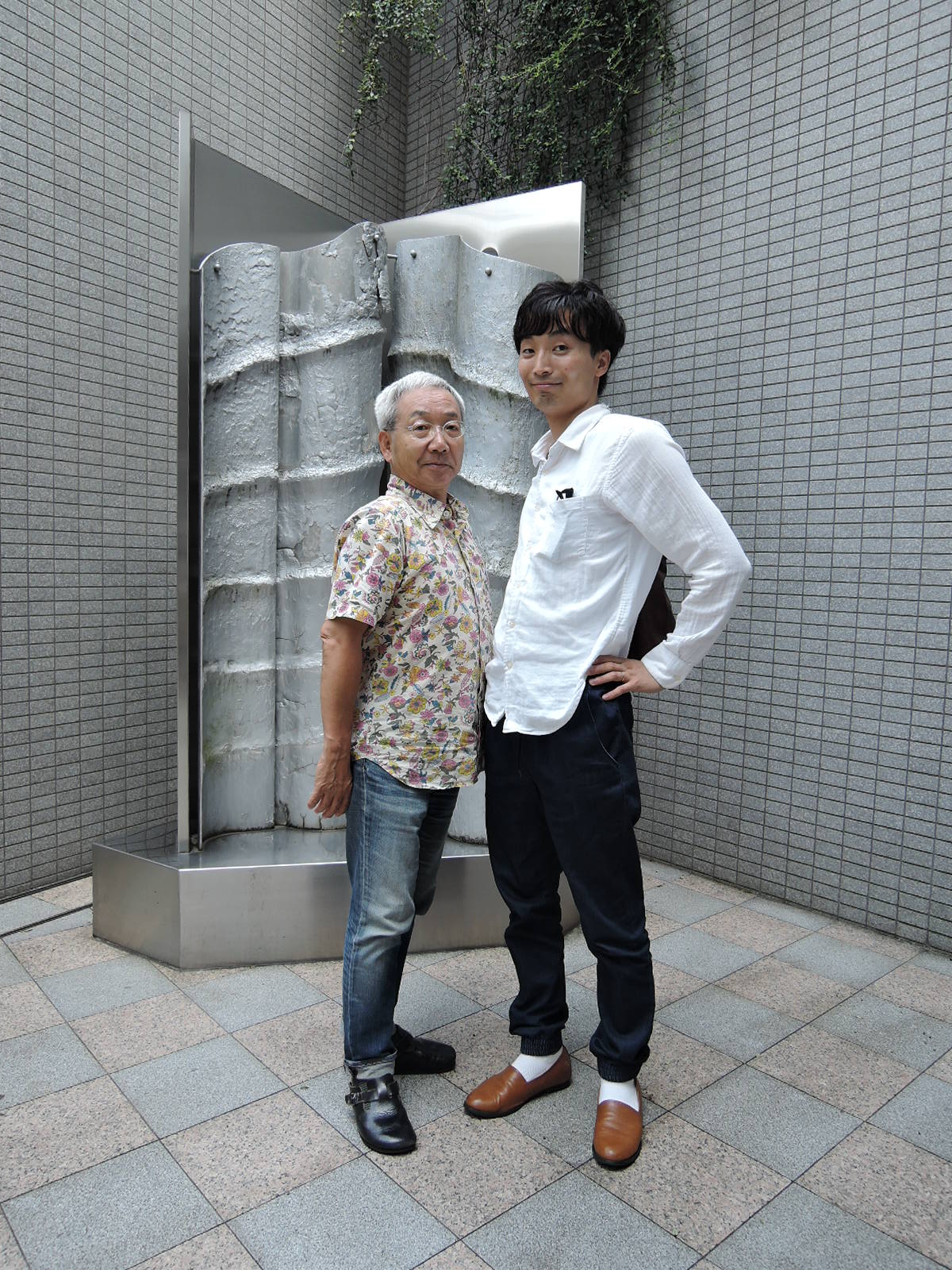
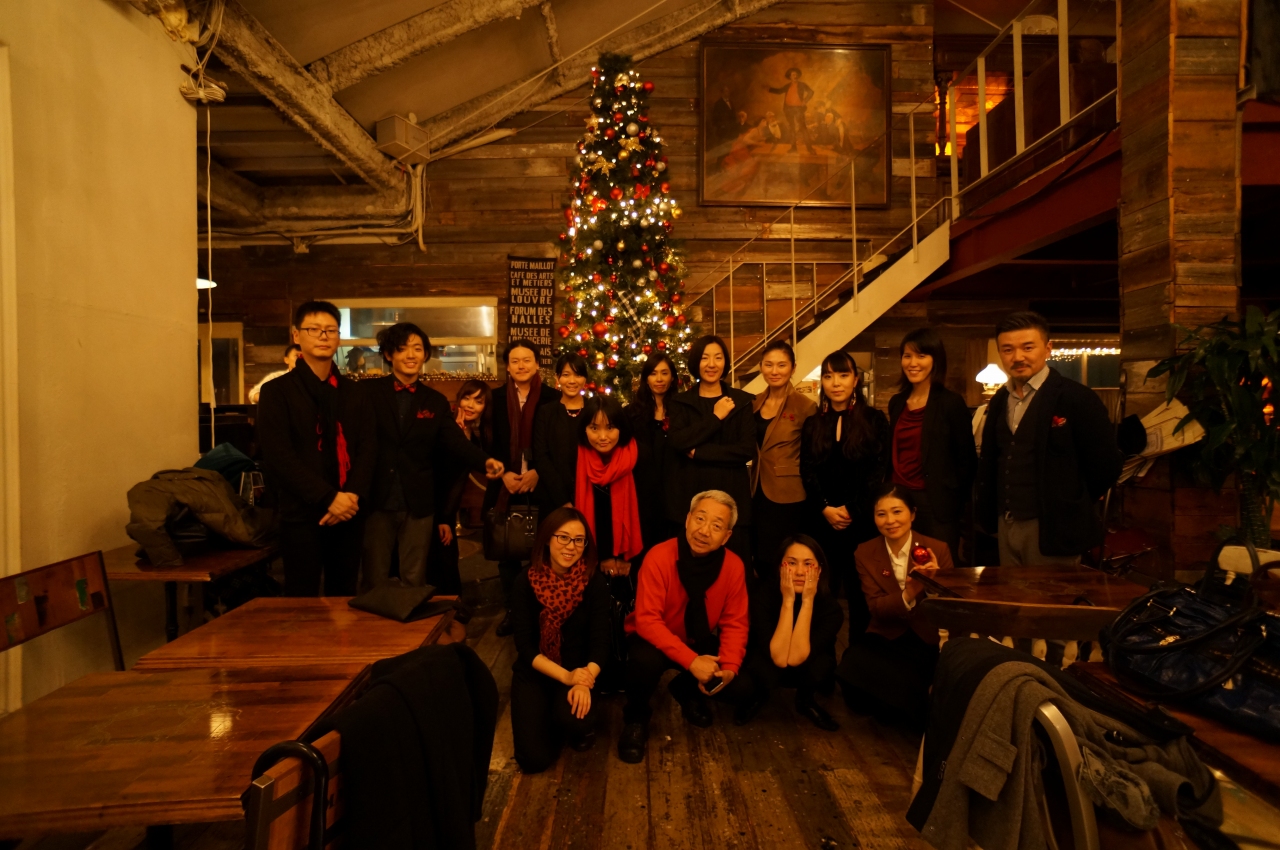
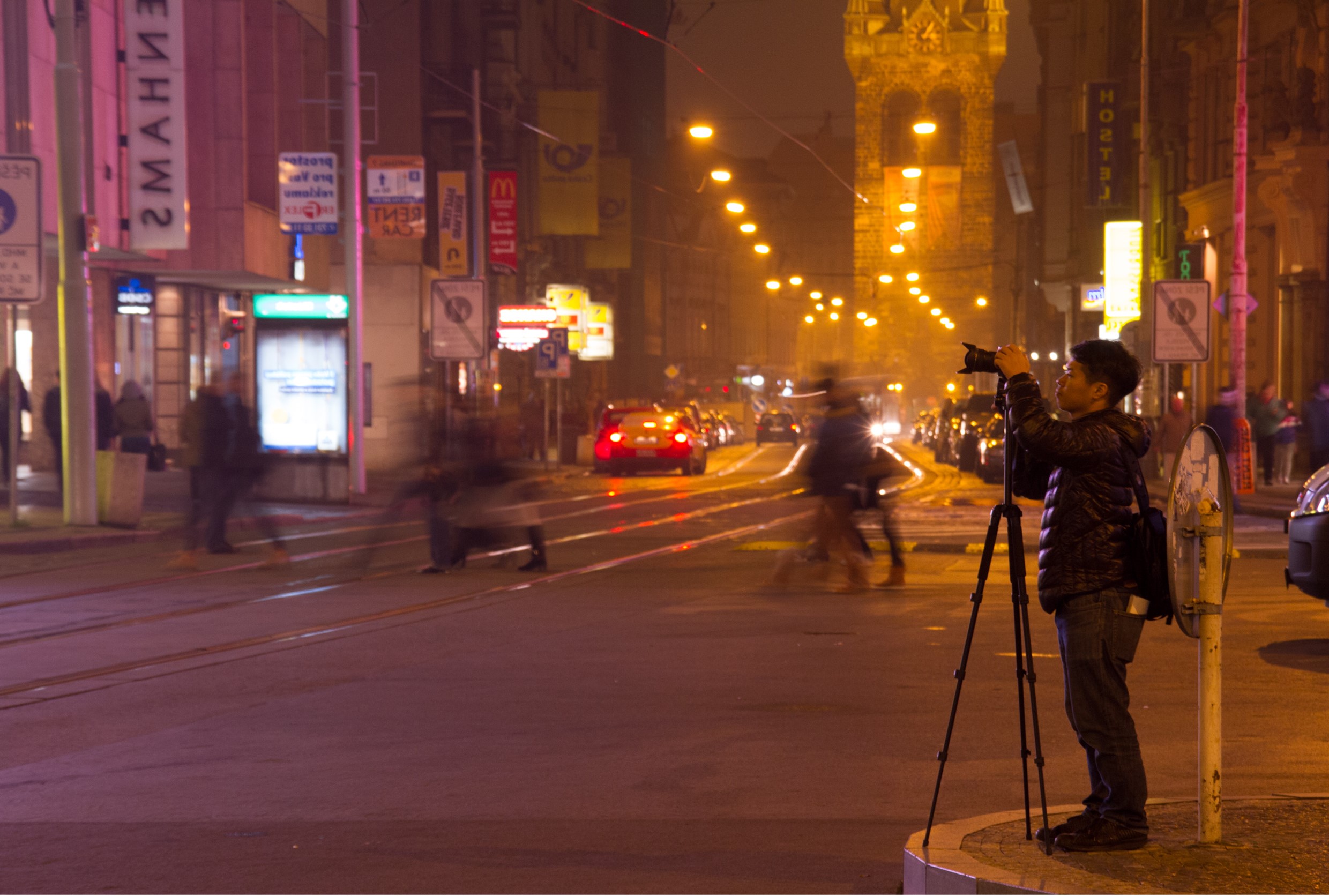
Iwanaga:Mr. Mende do you have any preferences towards fashion. I really like the fitted jacket that I see you wear quite often.
Mende:Yes, that jacket is so comfortable and easy to coordinate that I have several in the series. It’s an Issey Miyake design. It is compact and can be crumpled up so it is great for business trips. About twice a year I go shopping at Ginza Matsuya to treat myself. The printed shirt I am wearing now I fell I love with it while window shopping in Firenze. My heart has been stolen by other printed shirts a few times while window shopping!! How about you? Do you have any fashion preferences?
Iwanaga: I don`t really have a brand that I totally love, but I do have a few simple rules. I usually choose my clothes based on the weather and what I`ll be doing for the day. For example, if I have a big presentation I`ll wear a dress shirt, jacket, and slacks. If I just have an internal meeting I`ll wear maybe a t-shirt and jacket or a collared shirt. If I have to go to the construction site for the day, I`ll wear a long sleeve shirt, even in the summer or dark color clothing for a lighting experiment.
Mende:Yes, those for pretty obvious rules. Even I decided what color to wear based on my feeling for the day. When I have just come back from a business trip or I am really tired, I choose a red or yellow sweater to give me an extra boost of energy. Times when I have to hunker down for work I like a more neutral color like white, black, or gray. Do you have any color preferences? I know a lot of designers prefer a monochrome palette.
Iwanaga永:Come to think of it, I do have a lot of black and white clothing. As for colored clothing I own a lot of navy and aqua blue. Red and yellow are very eye catching, but when I am working or concentrating on a design project, I feel more composed and collected in a monochrome color palette.
Mende:Whether it`s color or style, I think the most important thing for a designer`s fashion is function and individuality.
Iwanaga:Hmmm, function and individuality. Speaking of individuality, you can really pull off an aloha shirt!! When I was still a student at Musashi Art University, I distinctly remember a lighting lecture you gave wearing an aloha shirt.
Mende:Oh, that is a gaudy shirt! It was a present from the students in my seminar class. I must have been wearing it for them!
Iwanaga:I also remember one other time when we had a really important presentation to give to a client and you were wearing an aloha shirt. I was so surprised!! But the heavy mood in the conference room was relaxed when everyone started talking about your shirt and I felt a favorable wind blowing in LPA`s direction. I think this is a good example of the power of fashion. Did you wear that shirt on purpose?
Mende:Oh, that! That was a terrible mistake on my part! It was a seriously important presentation with the architect, Yoshio Taniguchi, and client. But I was defiant and apologized up front for my choice of clothing, which was well received. Mr Taniguchi was also a good player and we got lucky on that one!! Under normal circumstances, I would choose more appropriate attire for a presentation. As a craftsman you shouldn`t have to make a display of your eccentricity. They say don`t judge a book by its cover, but if one doesn`t say anything, people have no choice but to judge you by your looks or attire. But not just clothing, your posturing or behavior, even the way you smile or laugh can effect judgement. The simple rules that you stated before are very commonplace, but might be very important when considering the people around you.
Iwanaga:That is very reassuring. Mr. Kenya Hara is not a lighting designer, but he always wears black.
Mende:Mr. Hara once told me that the way he choose his clothing is like a firefighter. During the day people have a limit on the number of decisions they can responsible make and he doesn`t want to have to worry about what to wear.
Iwanaga:I see. Steven Jobs, for similar reasons, owned several of the same shirts. We as lighting designers also have to make many decisions throughout the day, maybe the uniformization of fashion is one way to go for lighting designer style fashion.
Mende: From that standpoint, there is a design office where the staff all wear black t-shirts. There is a sense of unity and cohesiveness. At LPA, we have dress codes for parties and formal events, but generally speaking, as a rule I have made no rules about appearance. I think fashion should be free and unique.
Iwanaga:There are so many different fashion styles it`s all very interesting. It`s funny how both of us didn`t say anything about trends in today’s conversation. Keeping in mind those around me and as a kind of fashion fast, I will try to pursue an appearance that will allow me to perform at my best.





